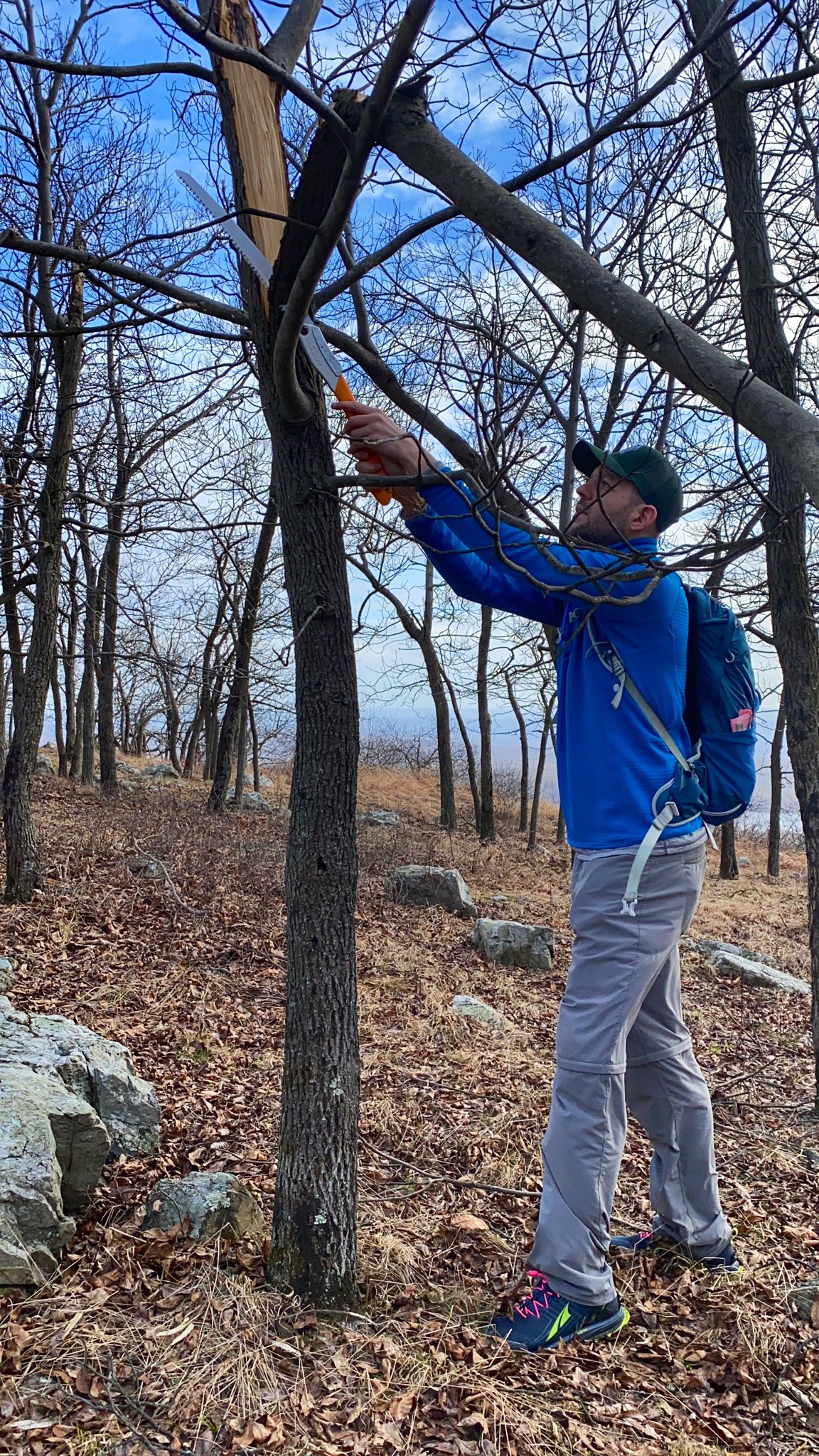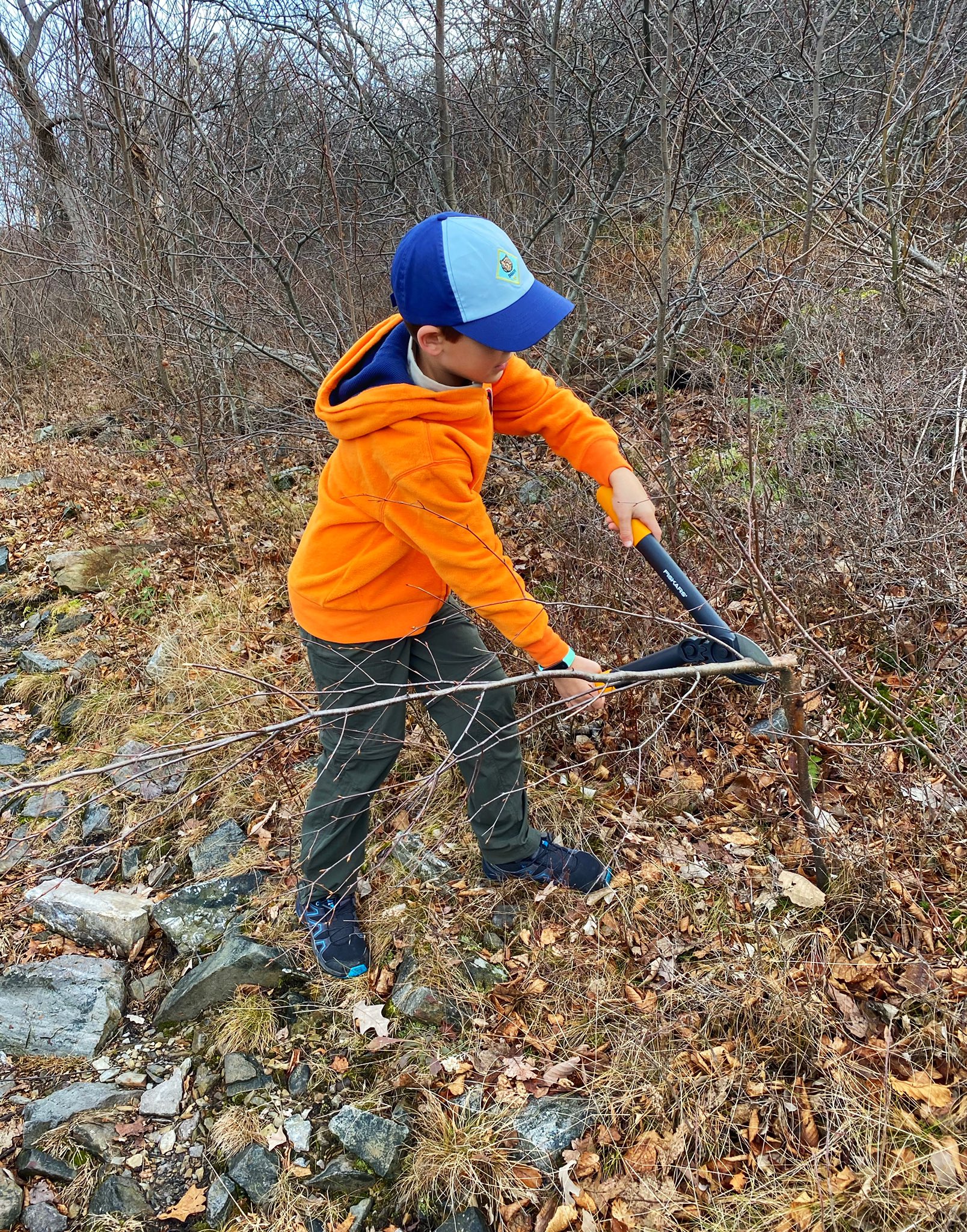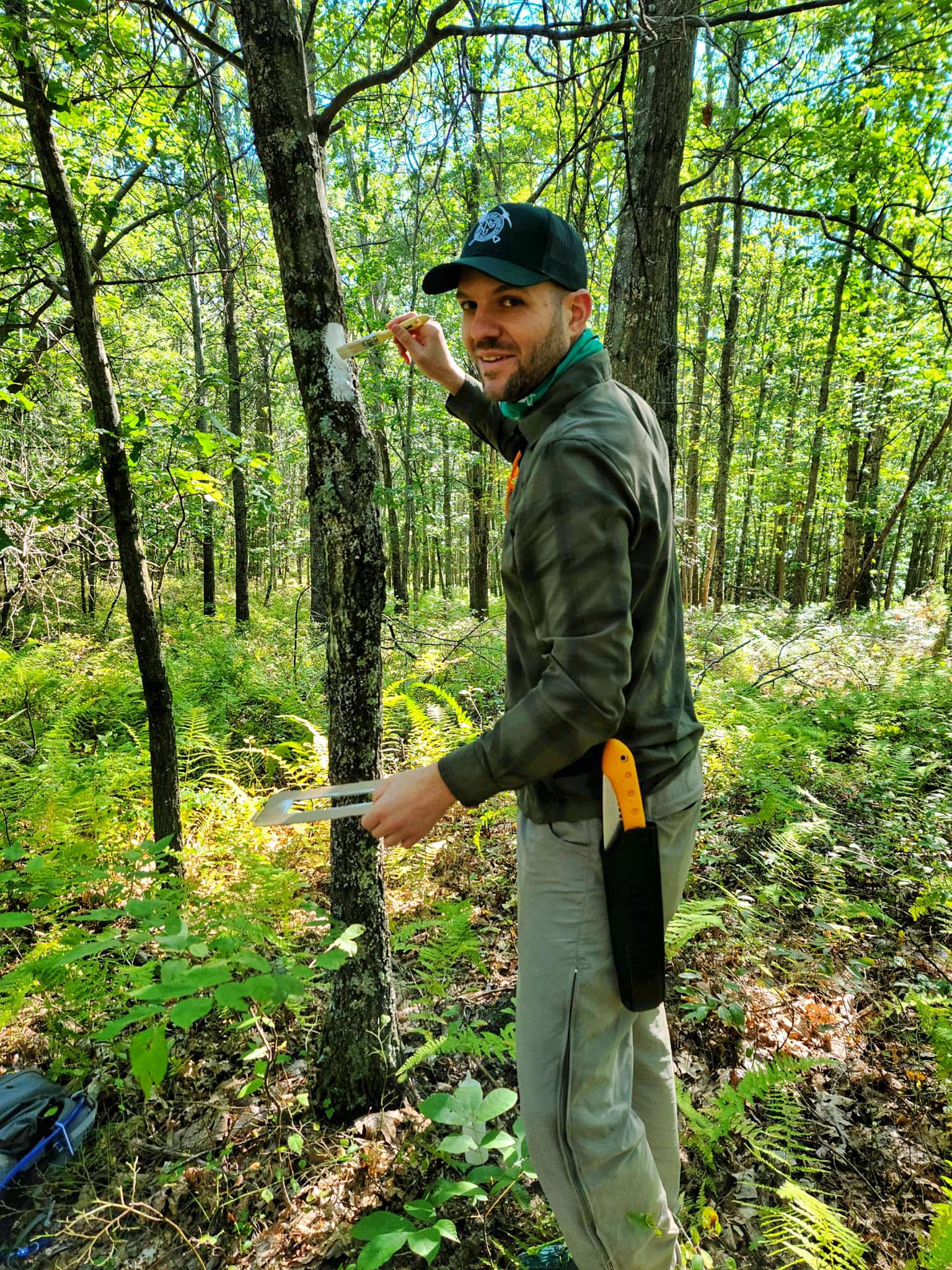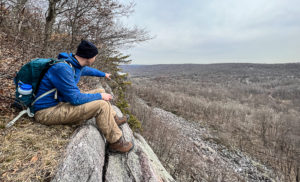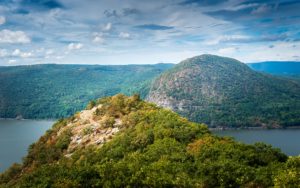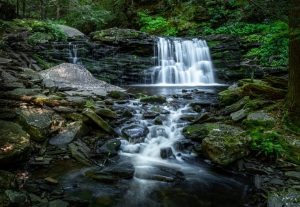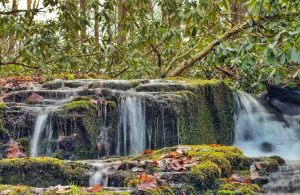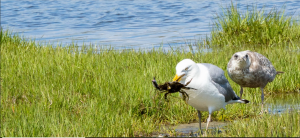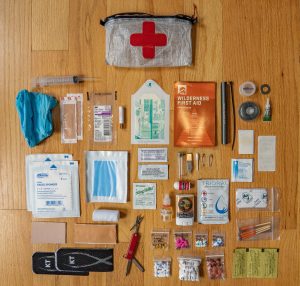If you’re new to trail maintenance, you might not know what kind of gear you’ll need. This page outlines what I use and what I think is the best gear for trail maintenance – clearing trees and others plants and maintaining trail markings (blazes).
I assume that if you’re reading this it’s because you’re already a trail maintainer, but if not, let me first make a quick plug for volunteering. (skip below if you’re already a volunteer)
Volunteering
If you love to hike, signing up to volunteer as a trail maintainer is a great way to give back (and get exercise in the process). In fact, in New York and New Jersey, most trails are built and maintained completely by volunteers from the New York-New Jersey Trail Conference.
I volunteer through the Trail Conference to maintain a 2.3-mile section of the Appalachian Trail in Worthington State Forest and the Delaware Water Gap National Recreation Area (from the Garvey Springs Trail, just north of Sunfish Pond, to the Kaiser Trail). I’m fortunate that my adopted section includes one of my favorite spots in the state – Mount Mohican (aka Raccoon Ridge).
Responsibilities
What are the responsibilities of being a trail maintainer?
Each Trail Maintainer “adopts” a section of trail to ensure the best possible experience for fellow users. Responsibilities include keeping the trail clear, making sure it’s well-marked, and reporting major issues. Each Maintainer is expected to hike and care for their adopted trail at least twice a year and report their efforts back to their volunteer supervisor.
Apply online
If you’re interested in volunteering, visit the New York-New Jersey Trail Conference website and fill out the online form to apply to be a trail maintainer.
GREAT! Now that you’ve signed up to volunteer, here’s the gear you’ll need to get the job done.
The Gear
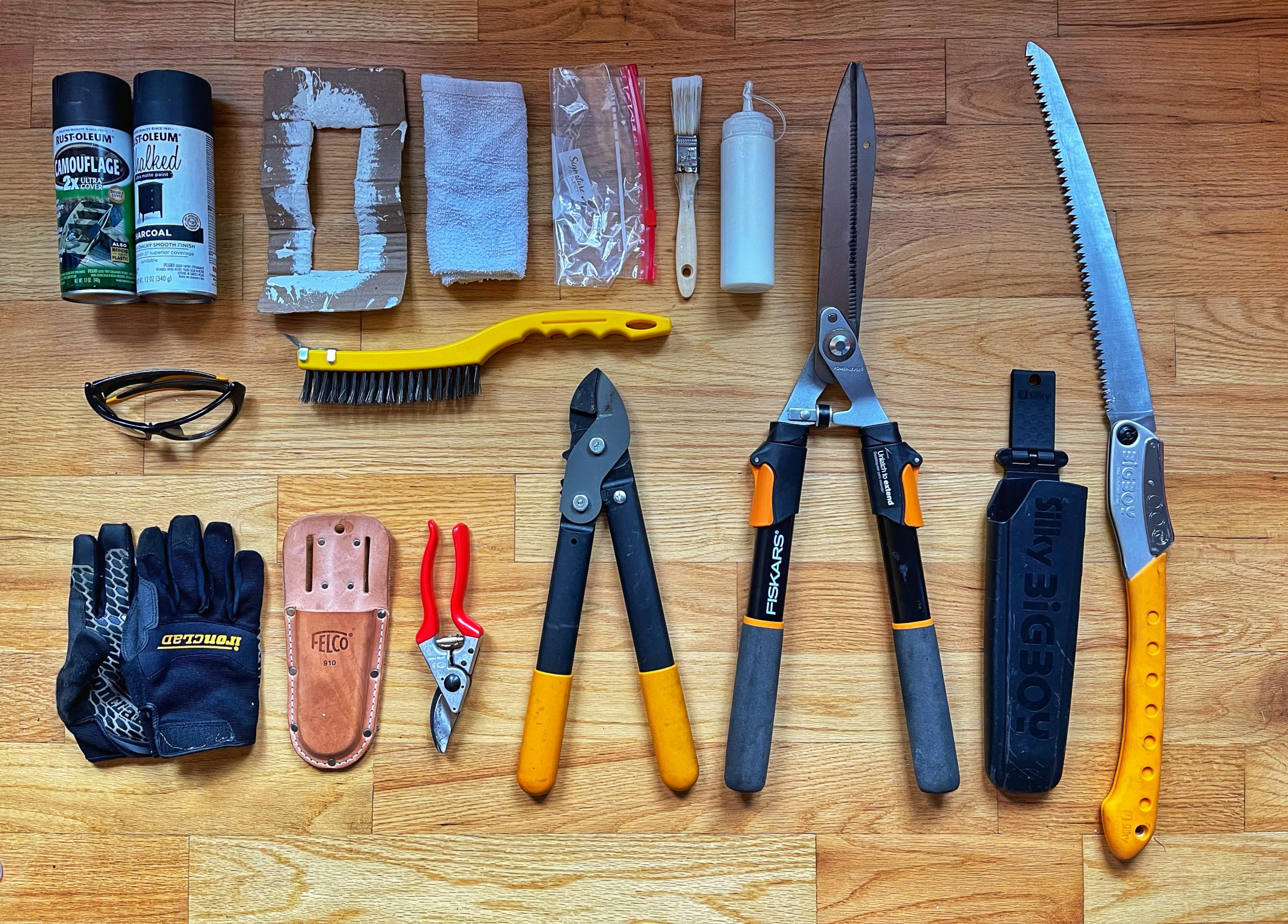
Safety First
Trail maintenance involves the use of sharp tools, trees, branches, thorns, and other things that could hurt you, so it’s important to dress appropriately and have the right protective equipment.
Clothing
I always wear long sleeves and pants when I hike for sun and bug protection, but it’s a good practice for trail maintenance also to protect you from scrapes, poison ivy, etc.
Safety glasses
When you’re working with plants, there’s the chance for branches to poke you in the eye. If you’re sawing a branch near or above your head, saw dust can also fall on you, so you’ll want to wear safety glasses. I use the Dewalt Dominator Safety Glasses with clear lens.
Work gloves
Protect your hands from blisters, thorns, poison ivy, cuts and scrapes with a pair of work gloves. I like the IronClad Box Handler Gloves because of the nice rubbery grip.
Clearing Obstructions
The main job of a trail maintainer is to keep the trail corridor clear. If the trail is blocked or obstructed or just not clear, people will walk off the trail, damaging plants and causing erosion.
Folding hand saw & holster
I use the Silky Bigboy 2000 Folding Saw (XL teeth), which weighs just 1.25 pounds but can easily cut through smaller branches and up to 8″ to 10″ logs. It’s pricy, but worth it.
I store it in a BigBoy folding saw holster that attaches to a belt and has a clip that allows you to detach the case from the belt attachment.
The Bigboy comes out whenever there’s something my loppers can’t handle. I’ll use it to cut larger branches sticking into the trail, larger saplings that can’t be cut with loppers, or trees that have fallen down and are blocking the trail. For anything much larger, I’ll try to move it off the trail if possible, or if not, document the location and report the downed tree so it can be cleared by a trained sawyer with a chainsaw.
Loppers
The Fiskars PowerGear Super Pruner/Lopper (15″) are my workhorse and favorite tool, able to easily cut through up 1.25″ branches with no problem. They’re also miraculously light. When I’m doing trail maintenance, I keep these in my hand because I can use them to take care of 80% of issues I come across.
Hand pruners & holster
I use the Felco 1-inch hand pruner and keep it in a Felco leather holster so it’s easily accessible. It works great for cutting smaller branches, but honestly, this is the tool I use least of all since I usually have the loppers in my hand which can handle these jobs too.
Felco pruners are expensive; for a lower cost alternative, these clippers from Harbor Freight are very good for 1/4 the price.
Hedge Shears
If you have an area of trail that’s overgrown with smaller plants, you will go crazy trying to clear the area with hand pruners. That’s where hedge shears come in. The Fiskars Power-Lever Extendable Hedge Shears give you extra leverage and lengthen to let you cut from a distance without getting your hands and arms scratched up. This tool is heavier and I don’t always bring it with me, but for certain jobs, it’s a life safer.
Marking the Trail
Trail volunteers are literally trail blazers! Part of your job is to maintain the markings (blaze) so the trail is easy to follow.This is the gear I use to paint and maintain blazes along the trail.
Scraper and Wire Brush
Before painting a blaze on a tree, you’ll want to prep the surface. If the bark is rough or deep, you’ll want to use a scraper to create a smooth surface. A steel brush is great for removing old blazes, loose bark, or moss to create a cleaner surface for the paint to stick to. Any generic wire brush and scraper will do the job.
Spray Paint
If there are blazes that are no longer needed – maybe someone put one where it’s no longer wanted or there’s a trail reroute – first try scraping it off with a wire brush. You can also use grey and brown spray paints to completely cover it up. Note that tree trunks aren’t always brown! A lot of times they’re grey. Do your best to match the color, use multiple colors if needed, and feather the paint to try to make it as natural as possible.
Spray paint could also come in handy for covering graffiti, depending on the situation.
Condiment Dispenser
Huh? Yup. This is my favorite painting hack. I carry paint in a squeeze ketchup dispenser thing. It’s way cleaner than carrying a bucket of paint. Just squeeze some out on to your brush and go! Easy breezy.
Stencil
I maintain a section of the Appalachian Trail, which has 2″ x 6″ white blazes (though most – but not all – trail blazes are 2″ by 4″). I took a piece of cardboard, cut out a 2″ x 6″ hole, and use that as a stencil to paint nice rectangular blazes.
Paintbrush, bag, and cleaning rag
I use a 1″ paintbrush. Some people use 2″ sponges instead to make nice, clean blazes. I keep my brush in a zip lock bag so I dont get paint all over my gear. I also carry a small rag to clean up any small paint spills.


